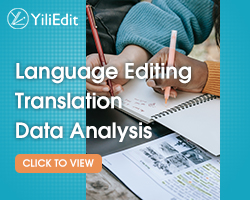Digital Learning Platforms During the Implementation of Flexible Distance Learning Education in Tertiary Education
Keywords:
blended learning education, online learning education, new normal education, asynchronous and synchronous education, remote learningAbstract
This study investigated the preferred digital learning platforms among faculty and students during the implementation of blended remote learning education at Camarines Norte State College - Ret. Judge Antonio C. Entienza Campus, Philippines. The study revealed that Google Classroom was the most preferred platform, chosen by 100% of faculty and 96% of students, with 76% of students using it during distance learning sessions. On the other hand, only 2% of students used Moodle, primarily due to accessibility issues caused by low internet connectivity. The survey results indicated that respondents found Google Classroom to be user-friendly, accessible, and compatible with various devices, with good features and responsiveness. Qualitative data collected from faculty members highlighted several challenges associated with the use of CNSC LMS, including accessibility issues, data load requirements, and increased workload for teachers. The study recommended investing in user-friendly digital learning platforms and prioritizing internet connectivity to enhance access to quality education and support students' success in online learning. The findings have significant implications for institutions seeking to improve their online learning offerings, particularly in areas with unreliable internet connectivity. Improving internet connectivity in the Entienza Campus is crucial to modernizing the education system and services of the institution.
Downloads
Published
Issue
Section
License
Copyright (c) 2024 The Author(s)

This work is licensed under a Creative Commons Attribution 4.0 International License.




